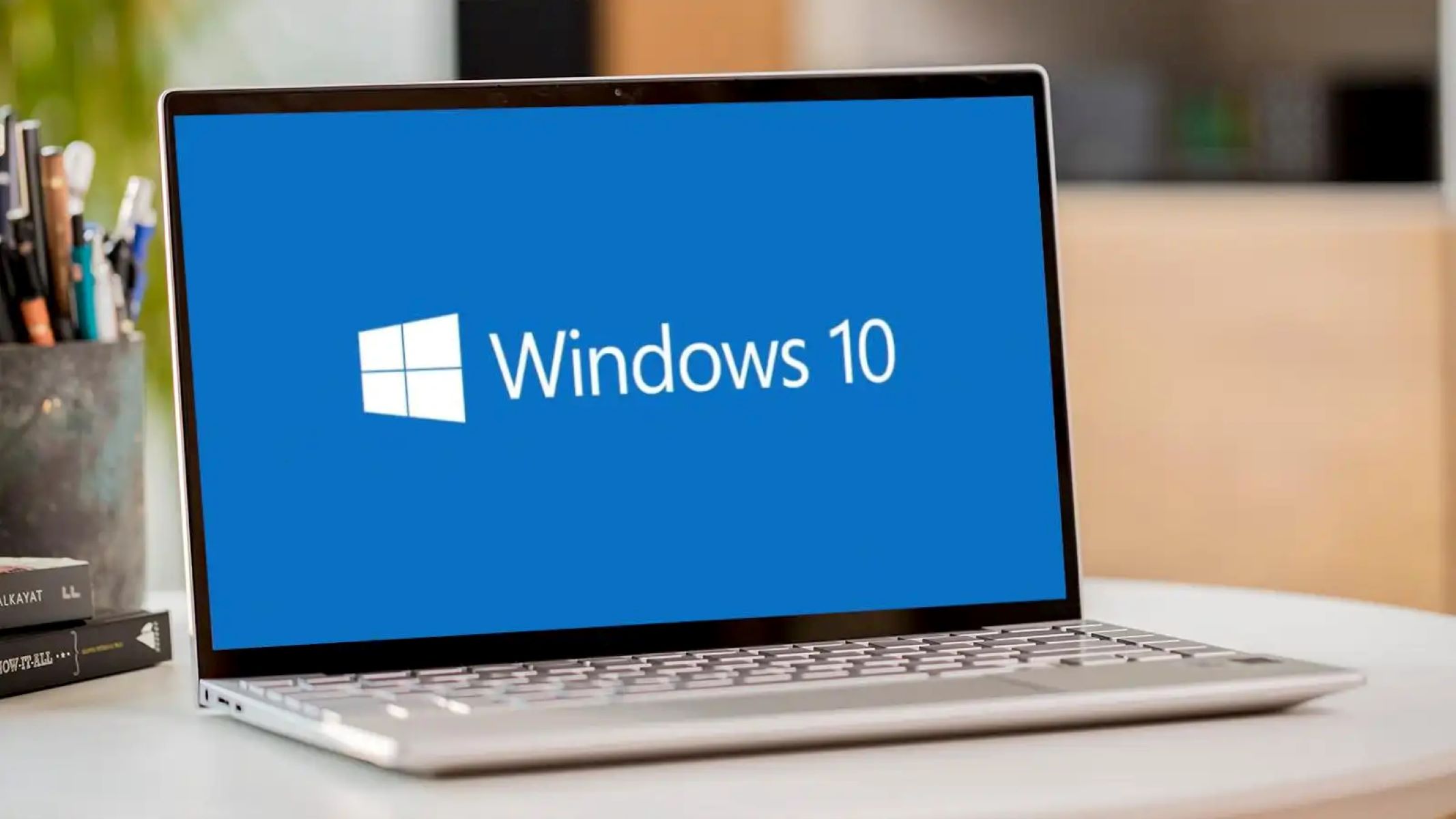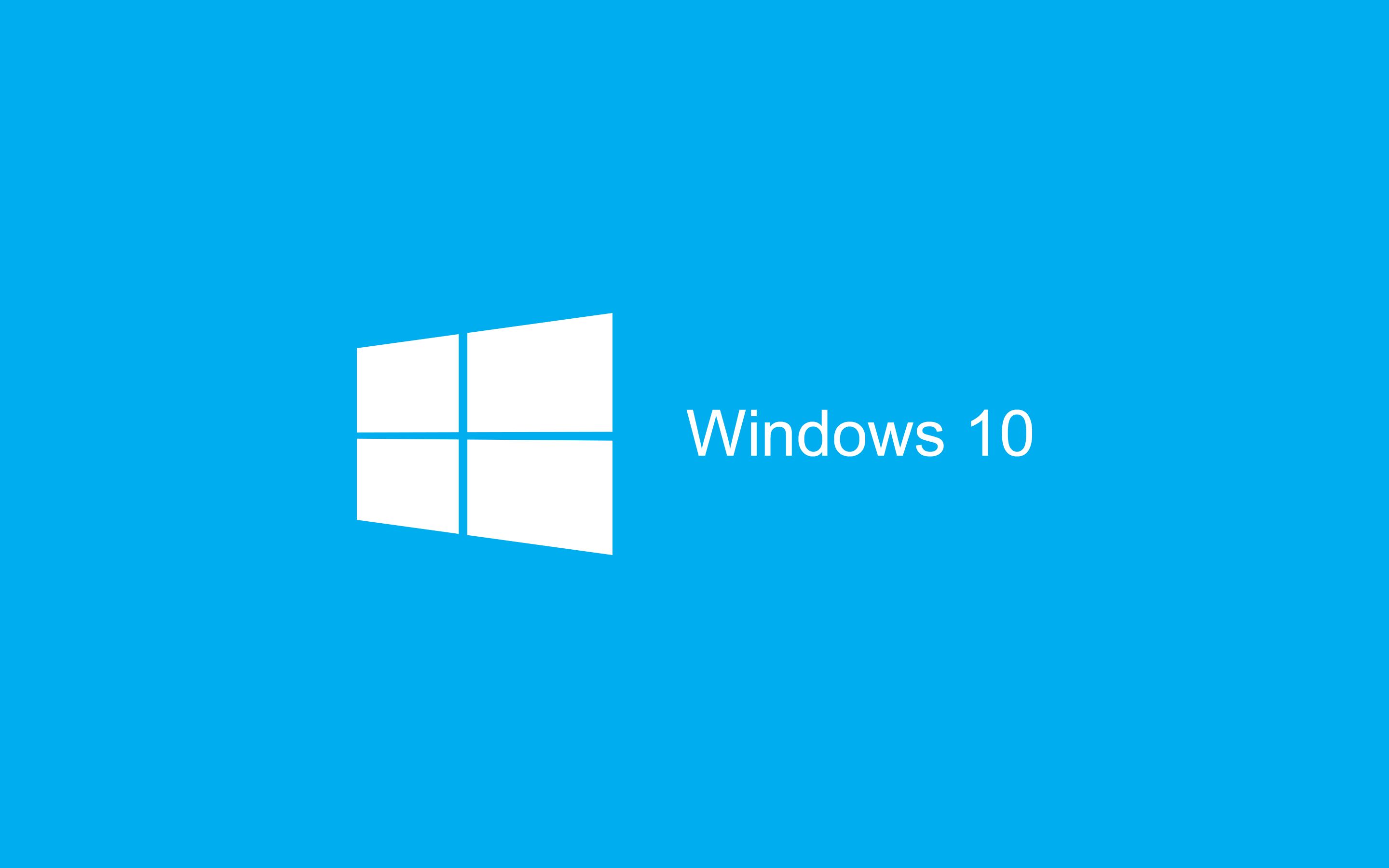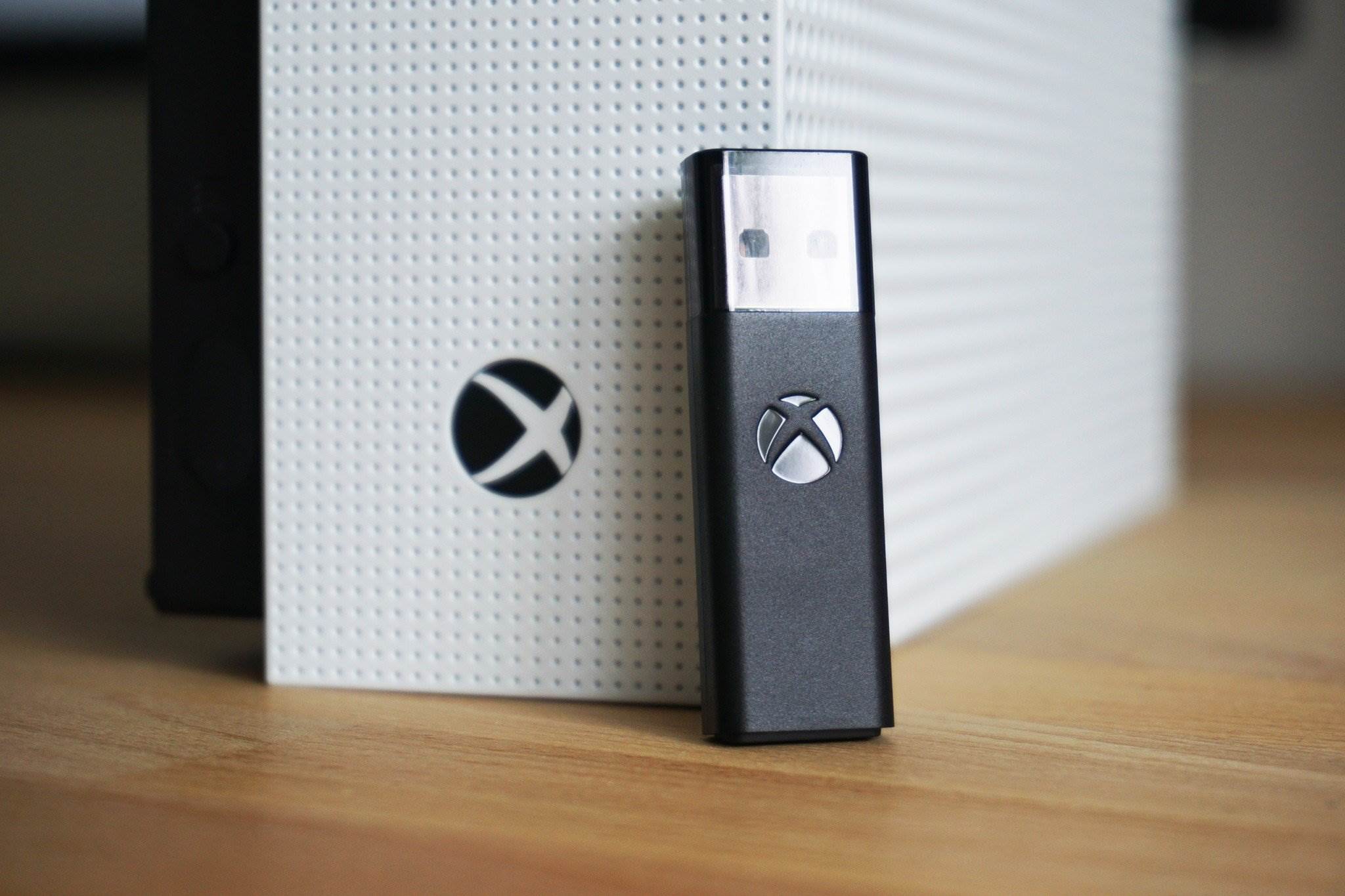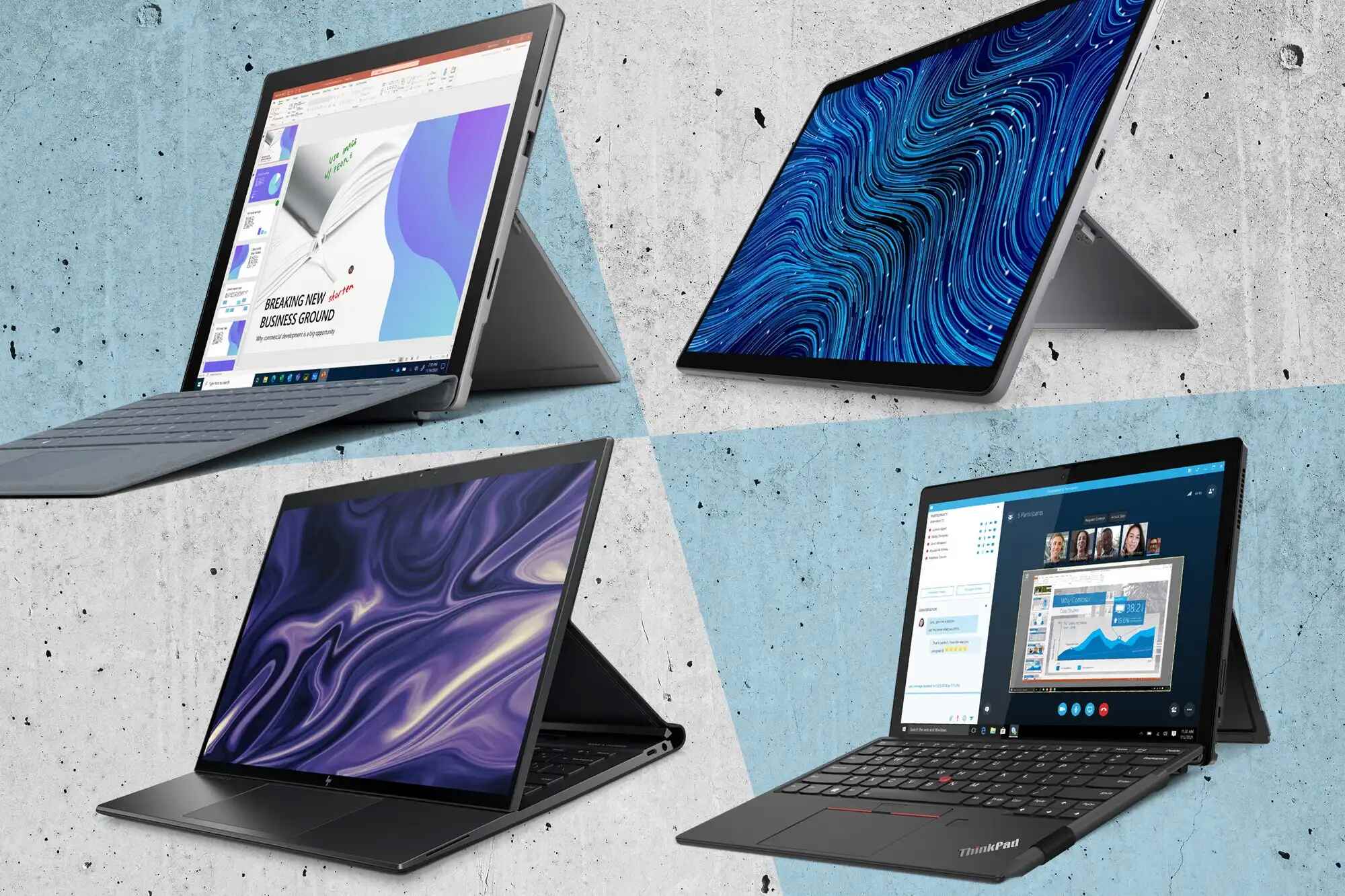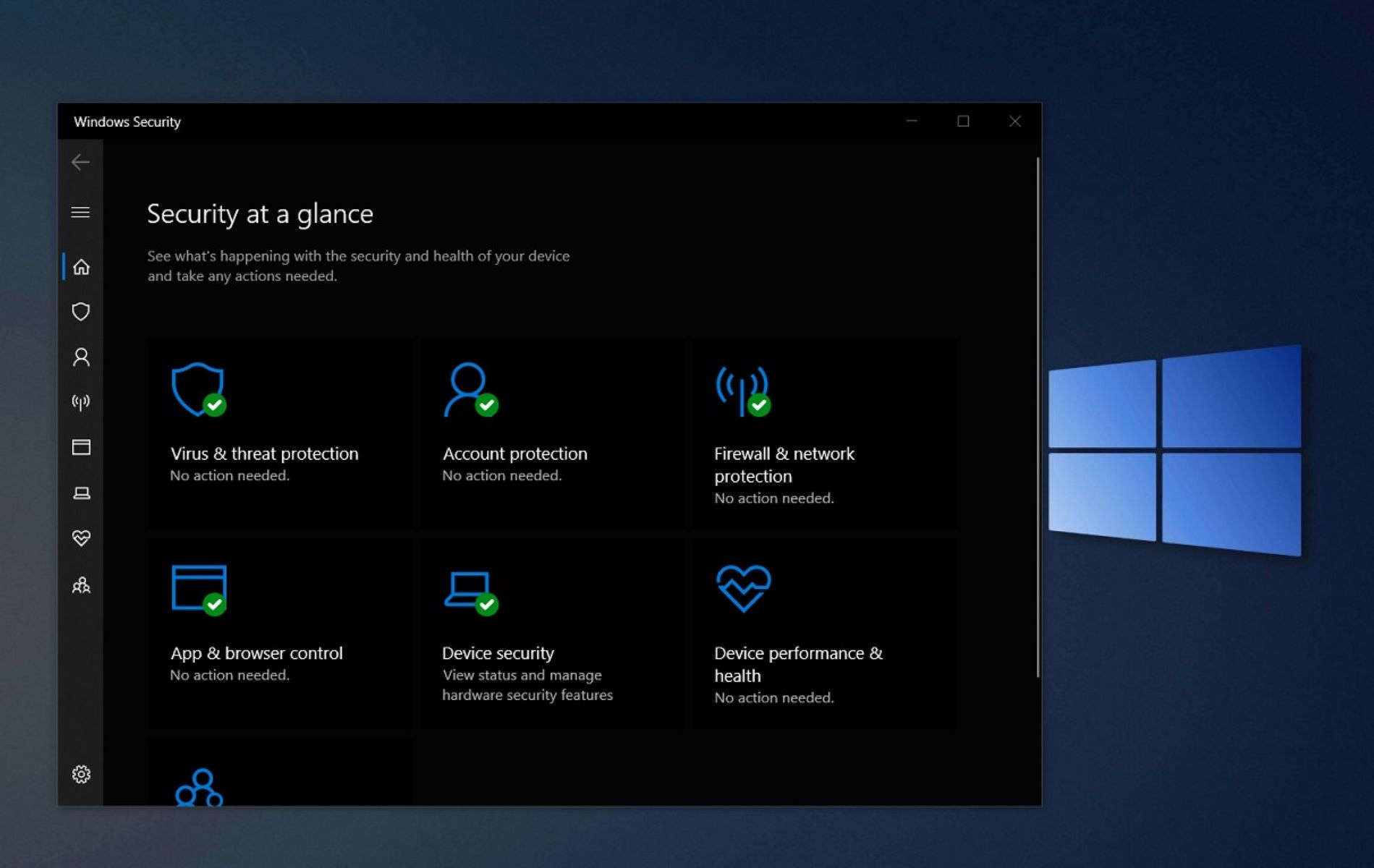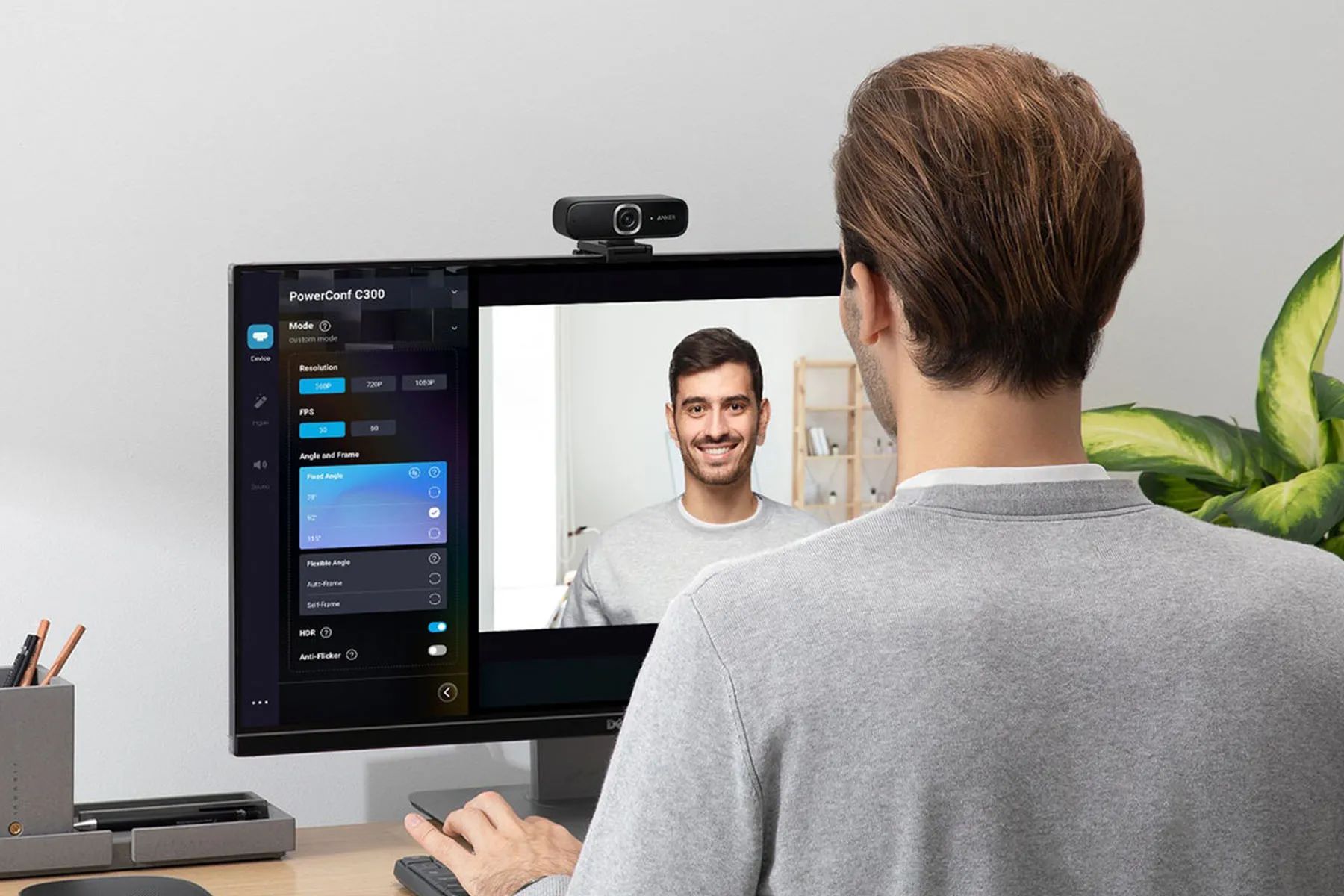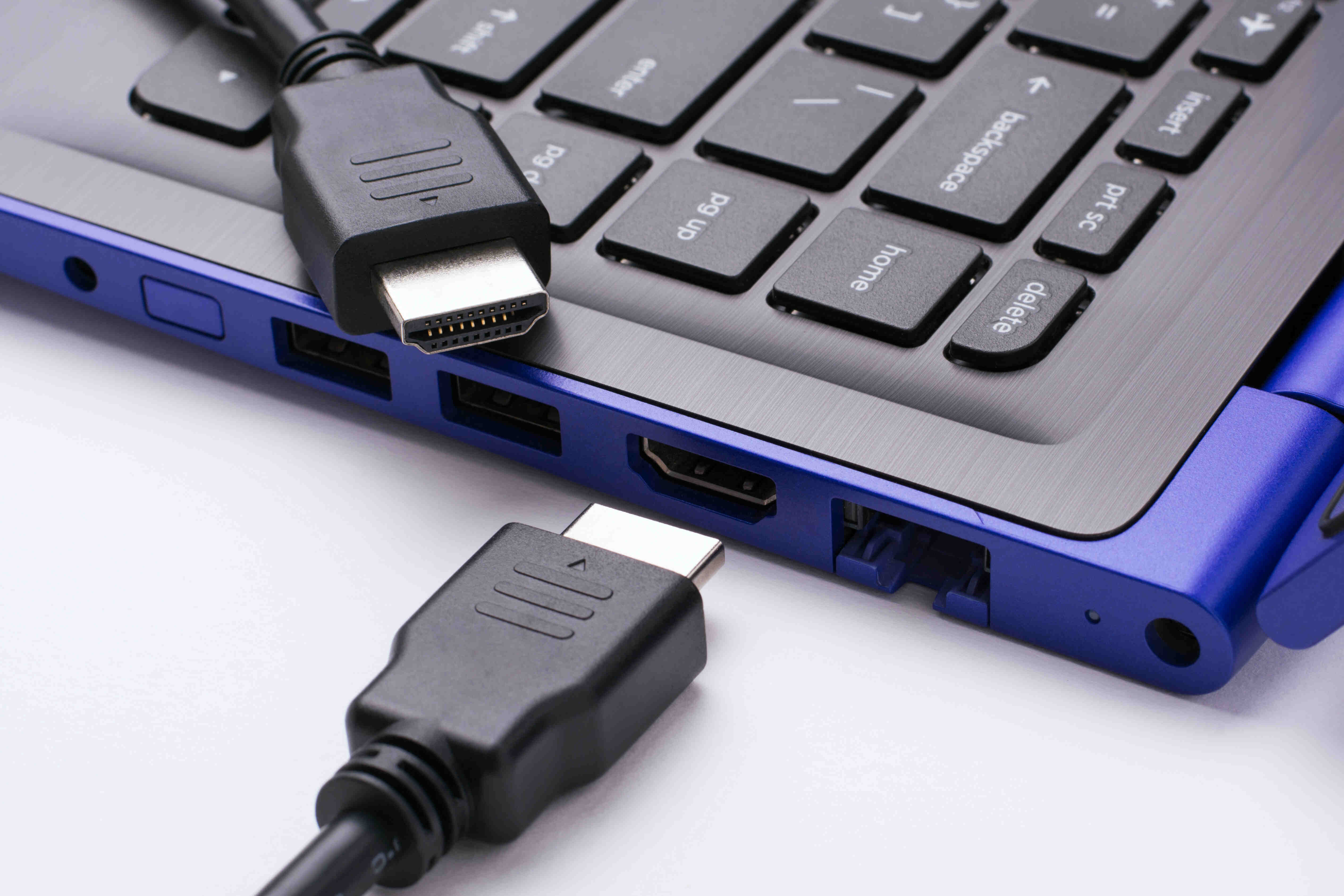Introduction
Windows 10 is the latest version of the popular operating system developed by Microsoft. Since its release, Windows 10 has revolutionized the way we use computers, offering a multitude of new features and enhancements. Whether you are a casual user or a power user, Windows 10 provides an intuitive and user-friendly experience.
In this article, we will explore the history of Windows operating systems, delve into the features and changes introduced in Windows 10, and discuss the release date and upgrading options available to users.
Windows operating systems have come a long way since the early days of computing. From the groundbreaking release of Windows 95 to the innovative Windows 7, Microsoft has continuously worked towards improving the user experience and functionality. With the launch of Windows 10, Microsoft aimed to create a unified platform that caters to both traditional desktop users and the growing market of mobile devices.
One of the standout features of Windows 10 is its sleek and modern interface. The start menu has been redesigned to combine the best of both the classic start menu and the tiled interface introduced in Windows 8. This hybrid design allows users to access their favorite applications and settings with ease, while also providing customizable live tiles for a personalized experience.
Another key highlight of Windows 10 is its focus on productivity. The operating system includes a range of time-saving features, such as a virtual assistant called Cortana, which allows users to perform tasks and search the web using voice commands. Additionally, Windows 10 introduces a new multitasking view called Task View, which enables users to switch between open applications and virtual desktops effortlessly.
Windows 10 also brings improved security and integration with cloud services. The Microsoft Store offers a wide range of applications, both free and paid, that can be downloaded and installed directly from the operating system. Furthermore, Windows 10 provides seamless synchronization of files and settings across devices through the integration of OneDrive.
Overall, Windows 10 combines the best elements of previous Windows operating systems with innovative new features to provide a powerful and user-friendly experience. Whether you are an individual user or a business professional, Windows 10 offers a versatile platform that caters to your needs. In the following sections, we will delve deeper into the history of Windows operating systems and explore the impressive features and changes brought about by Windows 10.
History of Windows Operating Systems
The history of Windows operating systems dates back to the early 1980s when Microsoft introduced its first graphical user interface (GUI) called Windows. This marked a significant shift from the text-based interfaces of the time, making computers more accessible and user-friendly. Since then, Microsoft has released several versions of Windows, each with its own set of improvements and innovations.
The first commercially successful version of Windows was Windows 3.0, released in 1990. This version introduced icons, drop-down menus, and improved multitasking capabilities, making it more intuitive and visually appealing. The release of Windows 95 in 1995 was a major breakthrough. It featured the iconic Start button and taskbar, along with built-in support for internet connectivity. Windows 98 and Windows ME followed, further refining the interface and adding new functionalities.
In 2001, Microsoft launched Windows XP, which became one of the most popular and widely used operating systems of its time. Windows XP introduced a more stable and secure platform, along with enhanced multimedia capabilities. It remained a dominant force until the release of Windows Vista in 2007.
Windows Vista was met with mixed reviews due to its hardware requirements and compatibility issues. However, Microsoft learned from these challenges and released Windows 7 in 2009, which quickly gained popularity for its improved performance and user experience. Windows 7 offered a refined interface, better compatibility with hardware and software, and enhanced features such as Aero desktop effects and a redesigned taskbar.
In 2012, Microsoft introduced Windows 8, aimed at bridging the gap between personal computers and touch-enabled devices. This version featured the controversial removal of the traditional Start button and introduced a tile-based interface. Windows 8.1, released as a free update, addressed some of the criticisms and brought back the Start button to a certain extent.
Windows 10, released in 2015, aimed to combine the best elements of previous Windows versions and provide a unified operating system for all devices. With automatic updates, enhanced security features, a virtual assistant (Cortana), and a variety of productivity-enhancing tools, Windows 10 quickly gained popularity among users.
Microsoft continues to release regular updates and feature enhancements to Windows 10, with the latest major update being Windows 10 May 2021 Update. The constant evolution of Windows operating systems showcases Microsoft’s commitment to improving user experience and adapting to the changing needs of the technology landscape.
In the next section, we will delve into the features and changes introduced with Windows 10, highlighting how this version revolutionized the Windows ecosystem.
Windows 10: Features and Changes
Windows 10 introduced a plethora of new features and changes that significantly enhanced the user experience and functionality of the operating system. From a redesigned start menu to improved security features, Windows 10 revolutionized the Windows ecosystem. Let’s explore some of the key features and changes that make Windows 10 stand out.
One of the most noticeable changes in Windows 10 is the redesigned start menu. It combines the familiarity of the classic start menu with the live tiles introduced in Windows 8. The start menu now features an organized list of applications on the left side, while the right side consists of customizable live tiles that display information and updates from various apps.
Windows 10 also introduced the virtual assistant, Cortana, which provides a conversational interface to interact with the operating system. Users can use voice commands or type queries to get information, perform tasks, set reminders, and more. Cortana is deeply integrated into the system, allowing users to access information quickly and conveniently.
With Windows 10, Microsoft introduced a new web browser called Microsoft Edge. It replaced the aging Internet Explorer and featured a cleaner and faster browsing experience. Microsoft Edge incorporates several features, such as a built-in reading mode, the ability to annotate web pages, and tight integration with other Windows 10 features.
Windows 10 also introduced the concept of virtual desktops, allowing users to create multiple desktops and switch between them effortlessly. This feature is beneficial for users who want to organize their work or separate personal and professional tasks. Virtual desktops help enhance productivity by reducing clutter and providing a clean workspace.
Another significant change in Windows 10 is the integration of Xbox features. Users can stream Xbox games directly to their Windows 10 devices and connect their Xbox controllers for gaming. Additionally, the Xbox app provides access to gaming communities, achievements, and game DVR for capturing and sharing game footage.
Windows 10 focuses heavily on security, introducing innovative features like Windows Hello. Windows Hello allows users to log in to their devices using biometric authentication methods like facial recognition or fingerprint scanning, making the login process more secure and convenient.
OneDrive integration is another noteworthy addition in Windows 10. With OneDrive, users can store files in the cloud and access them from any device. The integration is seamless, allowing for automatic synchronization of files and easy sharing with others.
In terms of performance, Windows 10 offers improved boot times, faster startup, and quicker resume from sleep mode. The operating system also includes power-saving optimizations to extend device battery life, making it ideal for mobile devices.
These are just a few of the many features and changes introduced in Windows 10. Microsoft continues to release updates with new enhancements and improvements, keeping Windows 10 up to date and user-friendly. The next section will cover the release date and upgrading options for Windows 10, providing users with valuable information to make a smooth transition to this innovative operating system.
Release Date of Windows 10
Windows 10 was officially released on July 29, 2015, marking a new era for Microsoft’s operating system. This highly anticipated release brought a range of new features and improvements to the Windows ecosystem. The release date of Windows 10 was significant as it symbolized Microsoft’s commitment to creating a unified platform that caters to both traditional desktop users and the growing market of mobile devices.
Prior to the official release, Microsoft provided a preview version of Windows 10 called Windows Insider Program. This program allowed users to test and provide feedback on the operating system, enabling Microsoft to refine and address any issues before its official launch. The feedback from the Windows Insider community played a crucial role in shaping the final version of Windows 10.
Windows 10 was made available as a free upgrade for eligible Windows 7 and Windows 8.1 users, reflecting Microsoft’s intention to ensure a smooth transition for existing users. The free upgrade offer was available for a limited time, allowing users to take advantage of the new features and improvements without any additional cost.
In addition to the free upgrade offer, Windows 10 was also available for purchase as a standalone operating system. Users who were still running older versions of Windows or those who preferred a fresh installation could purchase a licensed copy of Windows 10 from retailers or Microsoft’s official website.
Since its initial release, Microsoft has continued to release regular updates and feature enhancements to Windows 10. These updates are delivered through Windows Update and are designed to improve performance, reliability, and security, ensuring that users have access to the latest features and improvements for their devices.
It is worth mentioning that while the initial release of Windows 10 was in 2015, Microsoft has followed a policy of releasing major updates twice a year since then. These updates, known as “feature updates,” introduce new functionalities and improvements to the operating system. The most recent major update as of writing is the Windows 10 May 2021 Update.
Overall, the release of Windows 10 in July 2015 was a significant milestone for Microsoft. It brought a fresh and unified approach to the Windows operating system, combining the best elements from previous versions with innovative features and improvements. The release date marked the beginning of a new era for Windows users, offering a powerful and user-friendly experience across a range of devices.
Upgrading to Windows 10
Upgrading to Windows 10 is a straightforward process, and Microsoft provided several options for users to make the transition smoothly. Whether you are currently using Windows 7, Windows 8, or an older version of Windows, there are different ways to upgrade to the latest operating system.
The first option is to take advantage of the free upgrade offer provided by Microsoft. This offer was available for eligible Windows 7 and Windows 8.1 users for a limited time after the release of Windows 10. To upgrade, users had to reserve their copy of Windows 10 through the Get Windows 10 app, which appeared as an update on their taskbar. The app guided users through the upgrade process and automatically downloaded and installed Windows 10 on their devices.
If you missed the free upgrade offer or are running an older version of Windows, you can still upgrade to Windows 10 by purchasing a license. Windows 10 is available for purchase as a standalone operating system both online and through retailers. Once you obtain a licensed copy, you can download the installation files and perform a clean installation of Windows 10 on your device. It is important to note that performing a clean installation will erase all existing data on your device, so it’s crucial to back up important files and documents before proceeding.
For users who prefer to keep their existing files, applications, and settings, Windows 10 offers an in-place upgrade option. This allows you to upgrade your current version of Windows to Windows 10 while preserving your data and configurations. To perform an in-place upgrade, you can use the Windows 10 Media Creation Tool provided by Microsoft. The tool guides you through the upgrade process and ensures that your data and settings are preserved.
Before upgrading to Windows 10, it is advisable to check the system requirements to ensure compatibility. Windows 10 has specific hardware requirements, and older devices may not meet the minimum specifications. Microsoft provides a compatibility checker tool that can be run on your current version of Windows to determine if your device can support Windows 10.
Additionally, it is recommended to back up all important files and documents before upgrading to Windows 10. While the upgrade process is designed to preserve your data, it is always a good practice to have a backup in case of any unforeseen issues.
Once you have upgraded to Windows 10, you will have access to the latest features and improvements the operating system offers. It is worth exploring the settings, personalization options, and new functionalities to make the most out of the Windows 10 experience. Remember that Microsoft regularly releases updates and feature enhancements, so keeping your system up to date ensures that you have access to the latest improvements and security patches.
Upgrading to Windows 10 is a great way to take advantage of the new features and improvements offered by Microsoft’s latest operating system. Whether you choose the free upgrade offer, purchase a standalone license, or perform an in-place upgrade, Windows 10 provides a modern and user-friendly platform for all your computing needs.
Conclusion
Windows 10 has undoubtedly made significant strides in the world of operating systems, offering a seamlessly integrated and user-friendly experience across devices. From its release on July 29, 2015, Windows 10 has continued to evolve with regular updates and feature enhancements, ensuring that users have access to the latest improvements and security updates.
The history of Windows operating systems has been a journey of innovation, with each version building upon its predecessor and introducing new features and functionalities. Windows 10 stands out as a culmination of this evolution, with its sleek interface, productivity-enhancing tools, improved security measures, and seamless integration with cloud services.
Upgrading to Windows 10 is a relatively straightforward process, with different options available depending on your current version of Windows. Whether you choose to take advantage of the free upgrade offer, purchase a licensed copy, or perform an in-place upgrade, transitioning to Windows 10 opens up a world of possibilities and brings a host of new features and improvements to your fingertips.
From the redesigned start menu to the virtual assistant Cortana, the inclusion of Microsoft Edge as the default web browser, and the focus on productivity and security, Windows 10 has revolutionized the Windows ecosystem. Its versatility and user-friendly interface cater to the needs of both casual users and business professionals, providing a platform that seamlessly adapts to various devices and use cases.
While Windows 10 has undoubtedly been a game-changer in the world of operating systems, Microsoft’s commitment to continuous improvement ensures that the operating system remains up to date and user-centric. Regular updates and feature enhancements keep Windows 10 relevant in a fast-paced technology landscape, allowing users to benefit from the latest advancements.
Whether you are a long-time Windows user or considering making the switch, Windows 10 offers a compelling and inclusive platform that combines the best elements of previous Windows versions with innovative features to enhance your computing experience. From improved performance and security to an array of productivity tools, Windows 10 empowers users to achieve more with their devices.
So, if you’re ready to embrace the future of computing, it’s time to upgrade to Windows 10 and experience the seamless integration, enhanced productivity, and user-friendly interface that have made it one of the most popular operating systems in the world.







